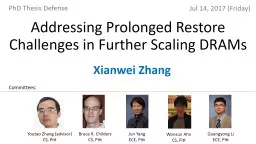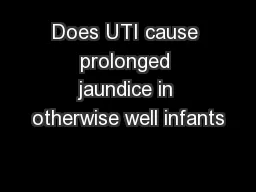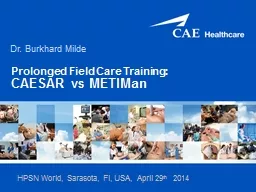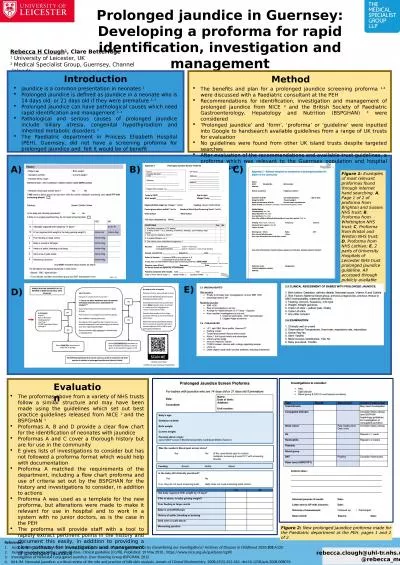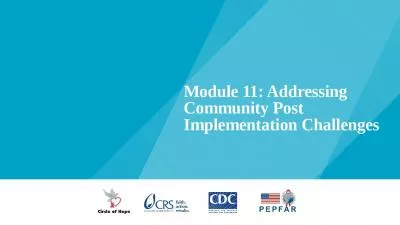PPT-Addressing Prolonged Restore Challenges in Further Scaling DRAMs
Author : phoebe-click | Published Date : 2018-11-07
Xianwei Zhang Youtao Zhang advisor CS Pitt Bruce R Childers CS Pitt Wonsun Ahn CS Pitt Jun Yang ECE Pitt Guangyong Li ECE Pitt Committees PhD Thesis Defense Jul
Presentation Embed Code
Download Presentation
Download Presentation The PPT/PDF document "Addressing Prolonged Restore Challenges ..." is the property of its rightful owner. Permission is granted to download and print the materials on this website for personal, non-commercial use only, and to display it on your personal computer provided you do not modify the materials and that you retain all copyright notices contained in the materials. By downloading content from our website, you accept the terms of this agreement.
Addressing Prolonged Restore Challenges in Further Scaling DRAMs: Transcript
Download Rules Of Document
"Addressing Prolonged Restore Challenges in Further Scaling DRAMs"The content belongs to its owner. You may download and print it for personal use, without modification, and keep all copyright notices. By downloading, you agree to these terms.
Related Documents

